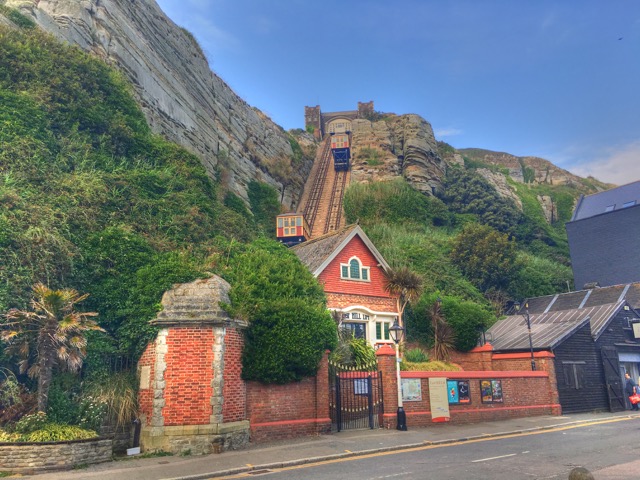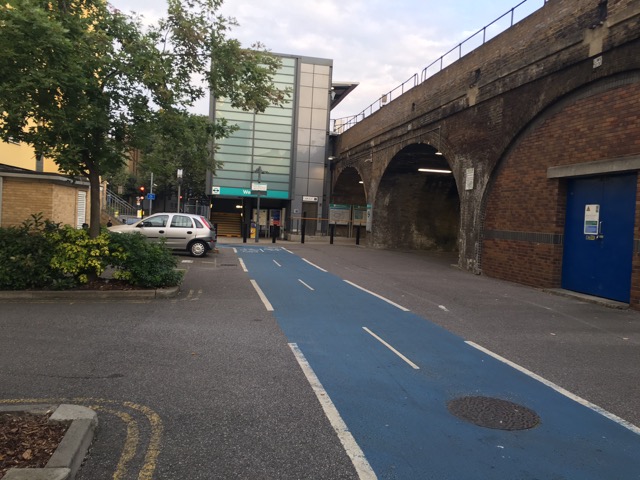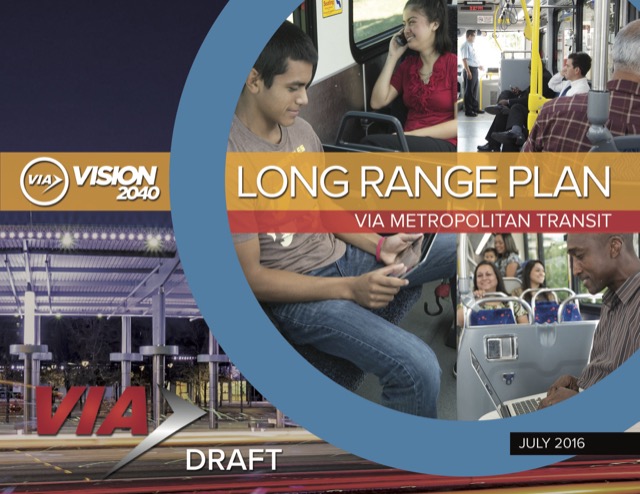Two weeks ago, the Denver suburb of Centennial announced it would subsidize transit riders to use Uber or Lyft to or from their transit stop from or to their origin or final destination. By solving the “last-mile” problem, they hope that this will make transit more attractive to Centennial residents.
A couple of days later, the Livermore Amador Valley Transit Authority announced it would do the same for transit riders in Dublin and other nearby suburbs of San Francisco-Oakland.
Through such agreements, ride-sharing services are trying to persuade transit supporters that they aren’t competitors, but potential partners with transit agencies. Some of them are buying it, while others are more skeptical. The Antiplanner thinks this is just a transition phase before the complete elimination of transit in all but a few cities.










